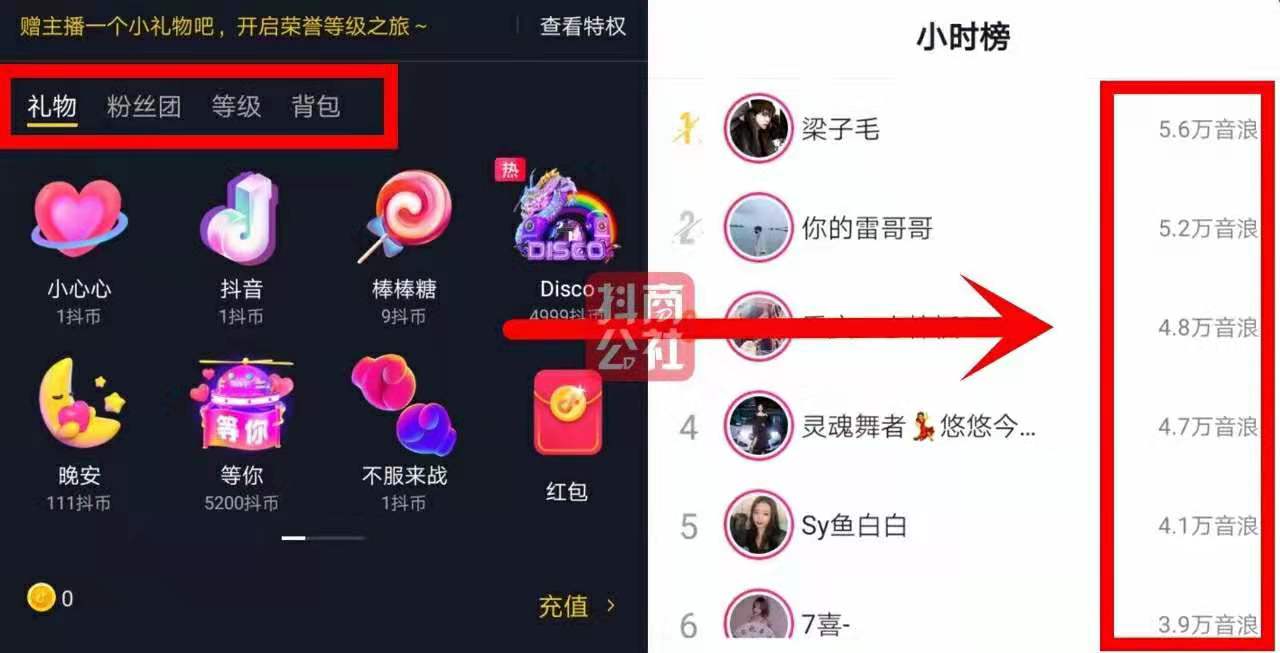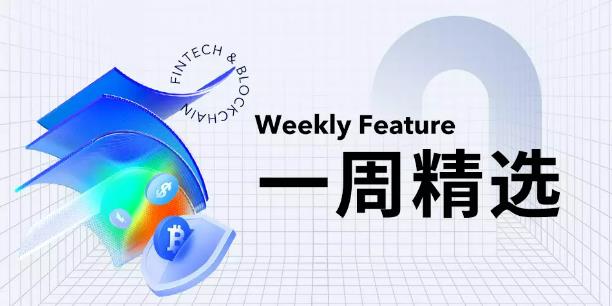For three years, "blockchain + content" is still in place?
Even if many changes are made, the underlying problems remain unresolved.
In the Internet age, disputes between digital content creators and digital content distribution platforms have never stopped.
As a channel for content distribution, the platform should be just a tool for serving digital content. However, today's content distribution platforms with more traffic and users have absolute say. For example, YouTube has the right to make rules at random, including the format of the published content, attributes, and even the revenue earned by the content creator.
The unequal status has also led many content creators to struggle with changing platform regulations. And can a blockchain with decentralized, peer-to-peer features break this inequality, and let digital content creators really get a relative return? 
- Wuzhen·Yuandao: “5G*blockchain” will create more than tens of billions of encrypted digital assets
- "Lingyue 2020" world's first blockchain inter-annual speech is about to start
- Didn't wait for the Dfinity main online line, my proxy will run first.
The game of interest behind the huge market
According to the official definition, the digital content industry is a "highly integrated industrial form of information technology and cultural creativity", covering digital games, interactive entertainment, film and television animation, stereoscopic images, digital learning, digital publishing, digital dictionary, digital performance, web services, content. Software, etc.
What is the size of the market in the digital content sector? Xinglei chain chief engineer Lai Xin once said that only the digital content copyright field in the market in 2018 has reached 742.3 billion yuan, which is enough to see the scale and potential of the digital content market.
Behind this huge market, there are many digital content creators. In the era of "everyone has a microphone," the threshold for digital content creation is low, and anyone can become an "up master" or KOL (opinion leader).
For example, in WeChat, if the identity of the content creator is limited to the public number, the number of government public accounts in the WeChat platform will be more than 100,000 in 2016, while the other active non-official public numbers are even more than ten. Millions, millions.
In addition to WeChat, the most widely installed content distribution platforms for Chinese mobile phones include today's headlines, vibrato, etc. There are also countless active digital content creators on these platforms.
These digital content creators can exist in the form of individuals or institutions. While producing content for users, they also use the digital content distribution platform with large traffic and transparent rules to spread the influence. The platform also relies on the content to maintain user stickiness. Get more traffic and revenue.
But behind every piece of content, there is a long-term game between the creator and the platform.
On the one hand, the platform at the beginning of the establishment will attract enthusiasm to attract creators, but after the end of the traffic dividend disappears, various rules are formulated to limit the creators; on the other hand, the creators have platform subsidies at the beginning of the platform. With financial support, you only have to concentrate on high-quality content creation. However, as the platform “faces”, creators must constantly explore ways to realize content and adapt to the rules that the platform may change at any time.
The monopoly of the traditional content distribution platform
At present, digital content creators want to quickly realize through the platform. There are three main ways: user rewards, advertisement distribution of content distribution platforms, and placement of advertisements in content.
However, traditional content distribution platforms have strict restrictions on these three methods.
Take the short video distribution platform vibrato as an example. If users want to reward their favorite video creators, they must first purchase the virtual currency “shake coins” on the vibrato in RMB 1:7, and then use “shake”. The "coin" gift is given to the video creator, and these gifts will be converted into "sound waves" as the creator's income.

Source network
The whole process is cumbersome, involving two kinds of virtual currency, and the exchange ratio between RMB against “tremming coins” and “sound waves” can be set by the platform. For example, the vibrato in February 2018 will convert the RMB against “sound waves”. The ratio is adjusted from 1:7 to 1:10.
For advertising sharing, Vibrato provides a "star map platform" that allows MCN (Multi-Channel Network, which describes the organization that aggregates multiple content creators) or personal accounts to settle in, and vibrato as an intermediary to advertise it with advertising. The main link is linked, and the advertising revenue obtained is proportional to the content creator.
This ratio has also changed from 60% at the beginning to 30%, and now to the current 0. The rules have been changing, and content creators on the platform must also be on the go.
In addition, for content creators to advertise themselves in the content to “just eat”, the vibrating platform also restricts the “non-certified institutions and individuals” private advertisements that are stationed in the “Star Map Platform”, otherwise the account will be accepted. Being "downgraded" causes traffic to drop.
This restriction on content creators and the right to change rules at random have long been used by YouTube, the world's largest video site.
In early 2018, YouTube adjusted its advertising sharing strategy, stipulating that any creator who wants to earn advertising revenue on the platform must have 1,000 fans in a year and get 4000+ hours of viewing time. The previous rule was that content creators only need to get 10,000 views to participate in the platform's advertising share.
At the same time, the "two-eighth rule" in the content field has gradually emerged. Excellent content creators or organizations have the right to obtain preferential access to platforms and capital, but ordinary content creators are abandoned by the platform.
Wired magazine’s previous article pointed out that YouTube’s move “will cater to advertisers, but it will make YouTube more commercial, which will reduce the appeal of users and niche content creators.”
Emmanuel Gadaix, chief scientific officer of blockchain content distribution project K.im, pointed out that "there are three common problems with a very monopolistic content publishing platform like YouTube: first, profit sharing will dominate; second, they will be completely Control or decide what you publish, how to publish it, and when it will be released. Third, these platforms can change the rules of the release."
The balance of interest in the industry is tilted towards the platform. So, is there any other way to help content creators break this “monopoly” and make it easier to publish content and gain the benefits of content?
Can the blockchain be solved?
The blockchain is a path.
On the one hand, the blockchain has non-tamperable characteristics, bringing new ideas to the copyright authenticity of digital content; on the other hand, the pass-through economy has the characteristics of motivating creators to produce high-quality content and realize the value of digital content.
There are also many projects for distributing digital content in blockchain in the market. These projects are mainly divided into two categories: one is represented by Steemit and the blockchain content distribution platform; the other is represented by Ulord, and the technical route is focused on Public chain.
The former focuses on creating a complete ecology, from the research and development of the public chain, the issuance of the three-pass card system, to the creators' community operations, community management, incentive mechanisms, to the content-based encryption protection, algorithm recommendation, as a blockchain. The "first ancestor" of the content field, Steemit's model has also been used by latecomers.
But the current Steemit platform is far less beautiful than it was when it was first established. According to the DApp Review data, when the Muggle_block was issued, the Steemit daily users were only 2411, and the daily transaction amount was 9085 STEEM (about 9293 yuan).
Steemit's basic token price performance is also unsatisfactory. According to non-small data, Steemit's token STEEM is quoted at 1.0229 yuan, down 98% from the highest point, with a market value of 344 million yuan.
Similar to Steemit, the currency established in 2017 also follows the platform route, but it focuses more on the incentives for content creators and platform users.
When an article is sent, in addition to the content creator can earn revenue, the user can also make money. And when the user locks the coin in the account with more token keys and the faster the praise, the higher the profit. This encourages content creators to actively publish and actively participate.
However, this is also criticized by the majority of users. On the one hand, many people in order to get the most out of the first to get the maximum benefit, even the article does not look, which also deviates from the original intention of content creation; on the other hand, the currency appears to be locked in the number of key classification of the "level solidification" phenomenon, Large users who have locked a large number of keys in the account will like each other, and the rest of the households will also warm up in their own circles.
Subsequent currency has also made a lot of changes, including the launch of the micro-text function, the elimination of "stepping", etc., but still did not solve the fundamental problem.
In addition to the project of the blockchain content distribution platform, there is similar technology that Ulord does. Established in 2018, Ulord is a public chain project, mainly composed of Ulord platform and Ulord original chain . The former provides data storage and sharing services, and the latter introduces the main node network to ensure the ecological development of the system.
However, as of the time of publication, there is still no killer DApp on the Ulord public chain, and it remains to be seen how to proceed.
At present, on the track of the blockchain content, new projects are emerging one after another, which brings more new ideas to this field.
Recently, a new blockchain content project K.im has emerged. Unlike the above project, it only acts as a technology provider, encrypting the content creator's content first, then feeding back a link, after receiving the link. After the content creator posts the content link on each platform, the reader clicks on the link to pay for reading.
"On Facebook, on Twitter, and on any platform, such as e-mail, it’s up to the author to choose where to store, store, and where to publish files." Emmanuel said, The content is not limited, and may be a video, an article, or other digital content.
The innovation of this idea is that the project side does not interfere too much with the content, but simply encrypts the content, which guarantees the neutrality of the technology; at the same time, the creator is free when the content creator submits the article to the project party. Choose content formats, attributes, and custom prices to maximize the freedom of content creators.
“Everyone can imagine that for these artists, the works they create can reach the fans directly; fans can buy content directly from their favorite authors without any third-party platform, and the two sides interact directly. ”
Content creators will receive about 95% of their income, and about 1% of the remaining income will be used as a payment fee, and about 4% will be used as a distribution fee.
However, the main network of the K.im project has not yet been launched, and the follow-up development remains to be seen. The Muggle (block:muggle_block) will continue to pay attention.
Unresolved issue
According to the Muggle_block analysis, although there are many existing blockchain content items, many problems remain unresolved.
First of all, whether it is Steemit or other blockchain content distribution platforms, the content on the website is still dominated by the blockchain and cryptocurrency industries. The overly vertical content also leads to the limited user size of the platform itself. The platform is moving towards the mainstream population;
Second, these projects did not form a positive incentive model. For example, the currency, the unreasonable rules lead to the development of the original intention, the content creators and users are excessively pursuing interests, and the content itself has been reduced to furnishings;
Thirdly, the long-standing plagiarism and manuscript problems in the digital content field have still not been solved. Even if the digital content is chained or encrypted, and the paid users are restricted from reading, there is still a living space for the plagiarists, failing to rectify the chaos from the root cause. ;
Finally, when the traffic gradually moves closer to the content itself, the content will gradually deviate from the platform supervision, which also gives the illegal information and the spread of the three popular content. How to control the content of the blockchain content platform also requires the project side to think about it. problem.
Original article, unauthorized reprint
Text / one
Editor / Murphy
Source / Muggle Pie (ID: muggle_block)
Cooperation and exchange, please add WeChat: heleimax
We will continue to update Blocking; if you have any questions or suggestions, please contact us!
Was this article helpful?
93 out of 132 found this helpful
Related articles
- Wuzhen·Jia Nanzhi Zhi Kong Jianping: China has never had a “bitcoin illegal” policy, and the global blockchain development trend is compliance, innovation, and landing.
- Global Internet Native Digital Currency Dispute: Bitcoin Leads Stabilization Coin, Libra Follows
- Industry Interpretation | About Decentralization and Practicality
- Read the latest project Kadena on the line CoinList
- How to explain to parents what is the blockchain?
- Slow fog cosine: asset loss caused by blockchain security vulnerabilities will be further expanded in the future
- 106 daily limit! Read this research report and select the "blockchain +" listed company Baima shares






